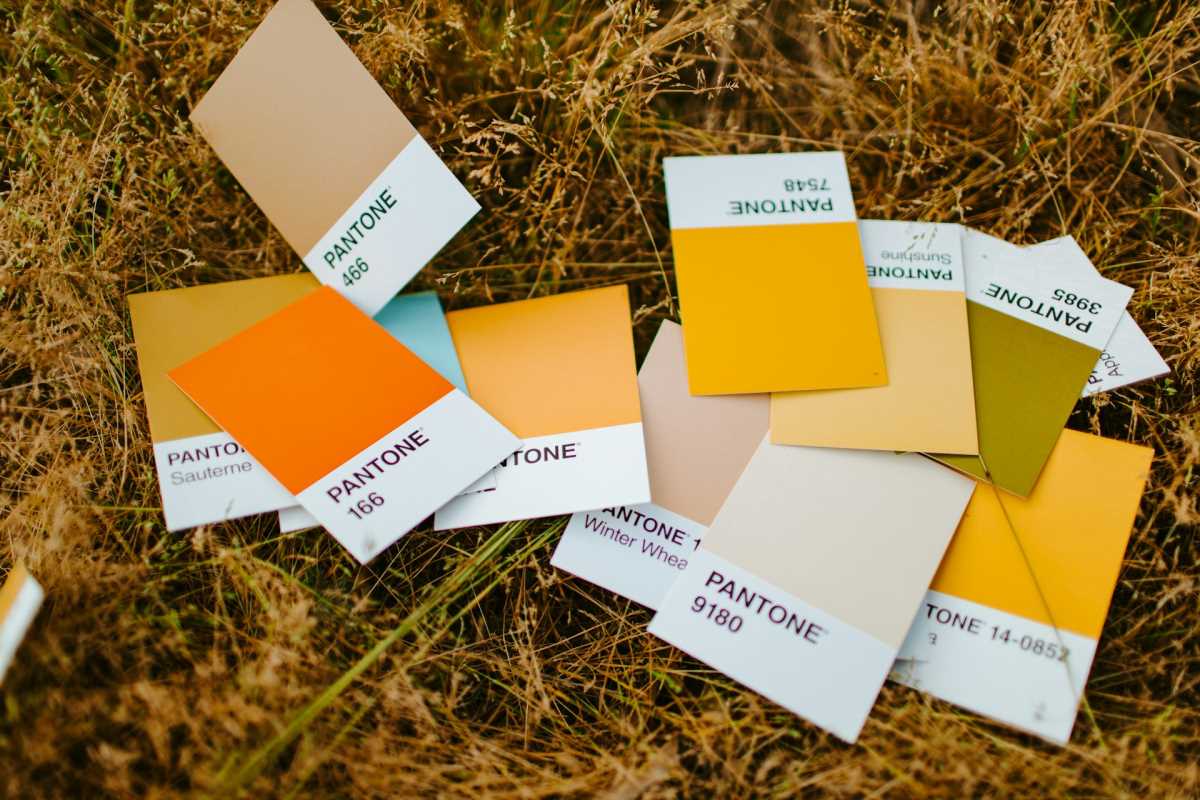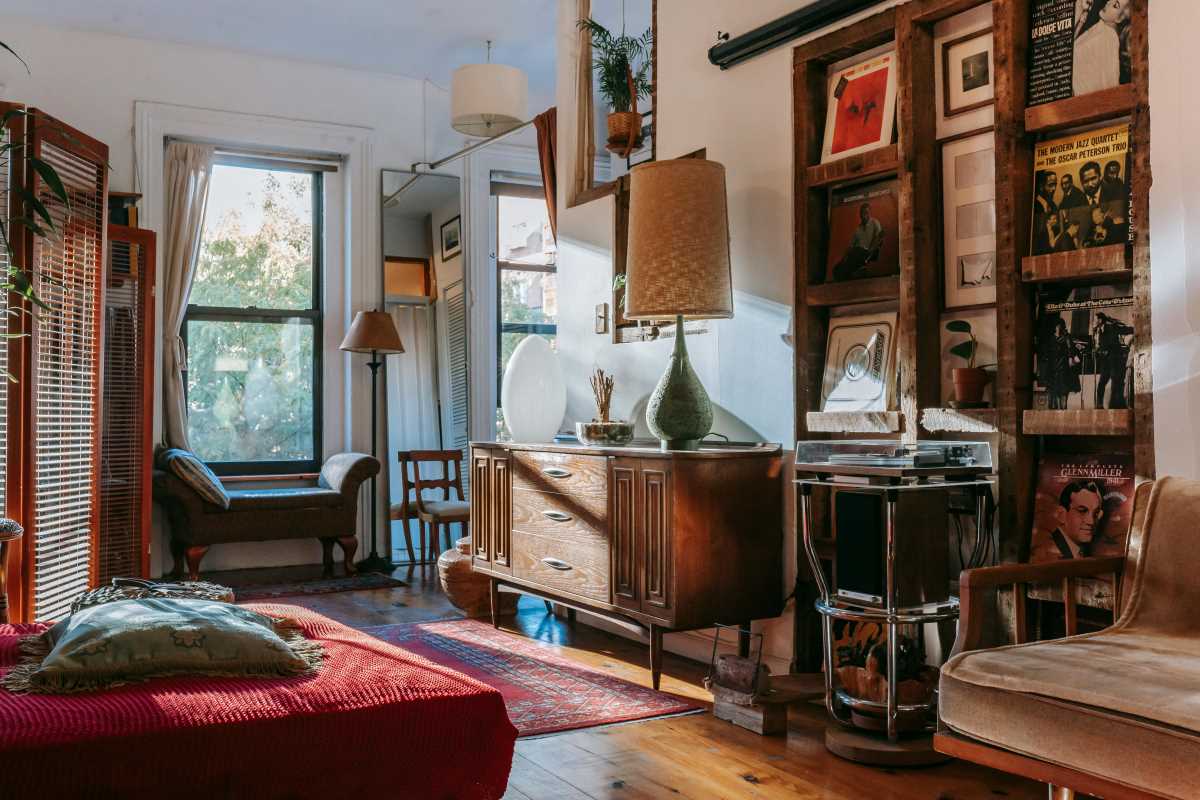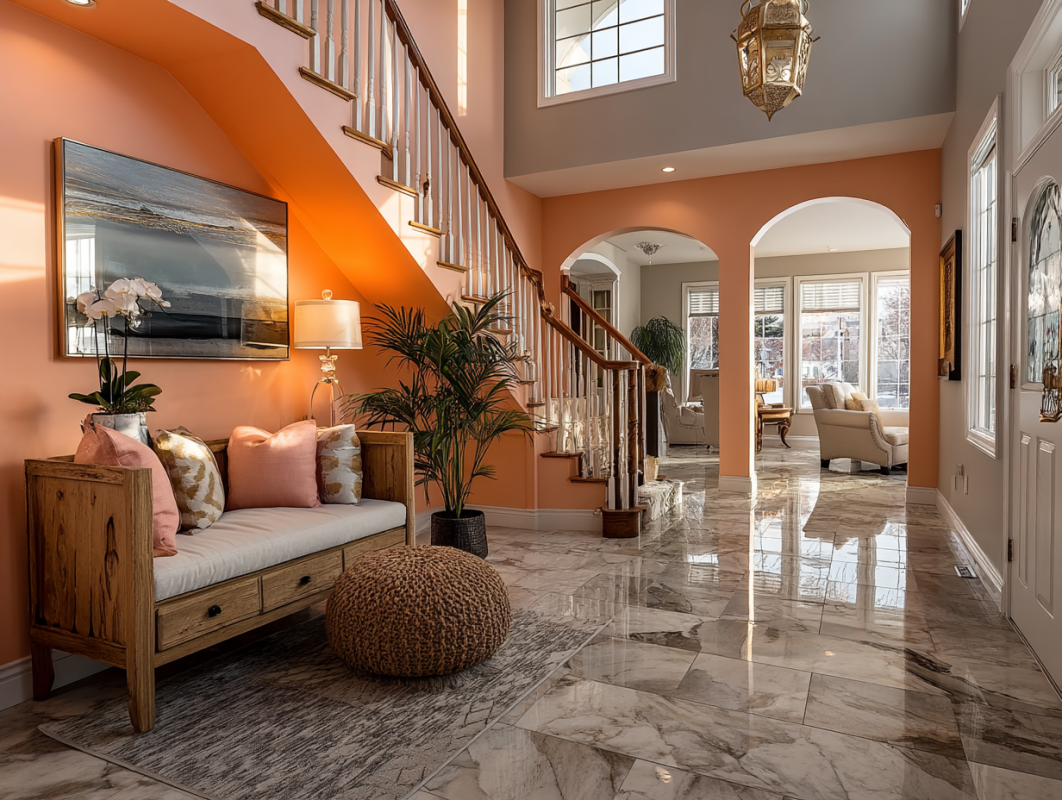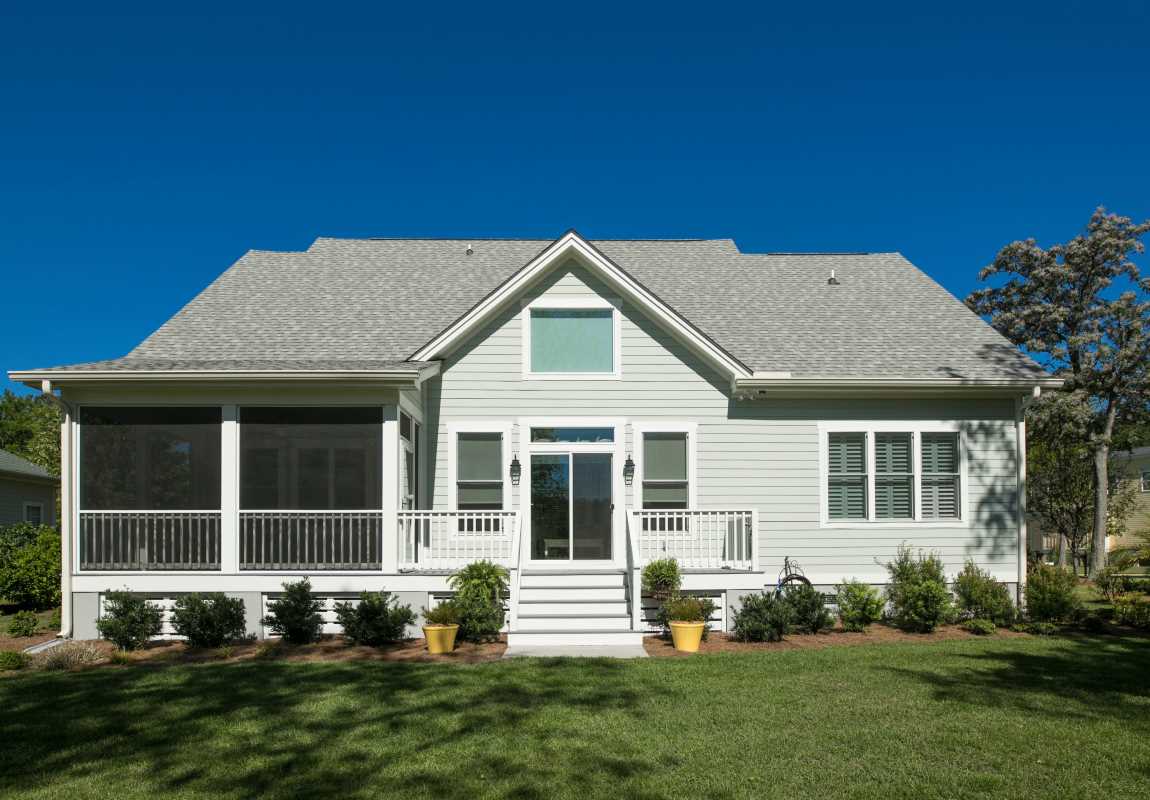Gardening enthusiasts understand that crafting a dream home garden involves more than simply planting a few seeds. It requires thoughtful planning and attention to various elements to ensure a vibrant and thriving outdoor space. Here are some comprehensive tips to help you map out and create your perfect garden.
Plan Your Garden Layout
The foundation of a successful garden begins with a well-thought-out layout. Consider the overall design you wish to achieve and how you intend to use the space. Start by evaluating your garden's dimensions and shape.
Think about the sunlight your garden receives throughout the day. Sun exposure plays a crucial role in plant health, so place sun-loving plants in the areas that get the most light and shade-tolerant plants in less sunny spots. Also, assess the quality of your soil and its drainage capabilities. Well-draining soil is essential to prevent waterlogging and root rot.
Create a sketch of your garden layout, indicating where you plan to place different plants and features. This plan will help you visualize the space and ensure that your garden is both functional and aesthetically pleasing.
Select the Right Plants
Choosing the right plants is key to a successful garden. Start by researching plants that are suited to your climate and soil type. Different plants have varying needs in terms of sunlight, water, and soil conditions, so selecting varieties that thrive in your local environment will yield the best results.
Mix different types of plants to add variety and visual interest to your garden. Incorporate a combination of flowers, shrubs, trees, and ground cover plants. Flowers provide color and fragrance, while shrubs and trees can add structure and shade. Ground cover plants can help reduce weeds and create a lush, full look.
Consider the blooming seasons of the plants you choose. A well-planned garden will have something in bloom throughout the year, providing continuous beauty and interest.
Integrate Hardscaping Elements
Hardscaping elements can enhance both the functionality and aesthetic appeal of your garden. These non-plant features add structure and form to your outdoor space.
Think about adding pathways to create defined routes through your garden. Pathways made of materials like gravel, brick, or flagstone can lead visitors through different areas and provide a clear route. Patios and seating areas are great for entertaining and relaxing, providing a space where you can enjoy your garden.
Pergolas and arbors can add vertical interest and create shaded areas for dining or lounging. They can also support climbing plants like roses or wisteria, adding beauty and depth to your garden.
Consider Garden Maintenance
A beautiful garden is also a manageable one. When planning your garden, consider the maintenance requirements of the plants and features you choose. Opt for plants that suit your gardening skills and the amount of time you can dedicate to upkeep.
Incorporate features that simplify maintenance, such as an irrigation system to ensure consistent watering. Drip irrigation systems are efficient and can save time and water. Mulching beds can help retain soil moisture, reduce weeds, and improve soil health.
Adopting organic gardening practices, such as composting and using natural pest control methods, can make your garden healthier and easier to maintain. Choose low-maintenance plants if you prefer a garden that requires less frequent attention.
Add Personal Touches
To make your garden truly unique and reflective of your personal style, incorporate decorative elements and personal touches.
Consider adding garden sculptures, birdbaths, or fountains to create focal points and add artistic flair. Garden furniture, such as benches or chairs, can provide comfortable spots to sit and enjoy your outdoor space.
Lighting is another way to enhance your garden's ambiance. Solar-powered lights can illuminate pathways, highlight garden features, and create a magical atmosphere during the evening.
Personal touches, such as customized planters or garden signs, can add character and make the space feel more like an extension of your home.
Final Thoughts
Mapping out your dream home garden involves careful consideration of layout, plant selection, hardscaping elements, maintenance, and personal style. By taking the time to plan and design each aspect of your garden, you can create a beautiful and functional outdoor space that enhances your home's aesthetic appeal and provides a relaxing retreat.
Remember, a well-designed garden not only adds value to your property but also offers a sanctuary where you can unwind and enjoy the beauty of nature. Happy gardening, and may your outdoor space flourish with vibrant colors and life throughout the seasons!
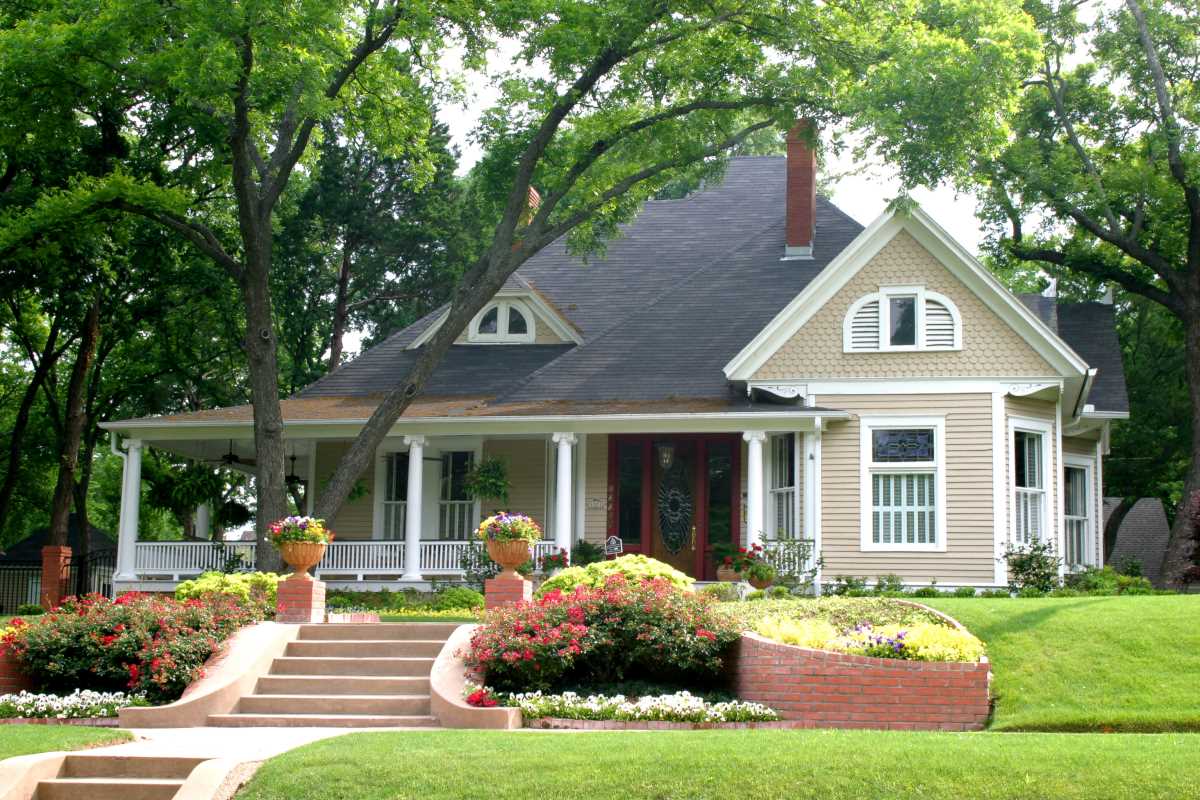 (Image via
(Image via